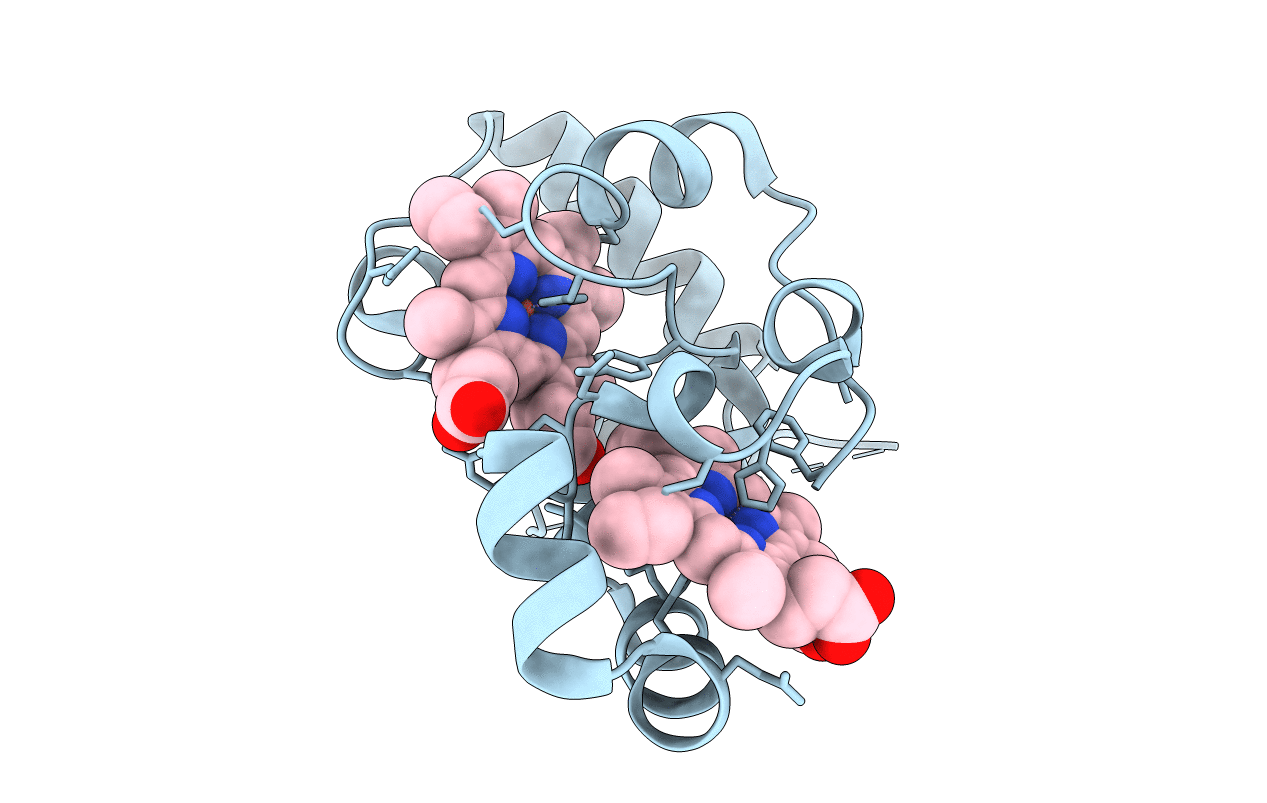
Deposition Date
2006-02-03
Release Date
2006-05-23
Last Version Date
2024-10-23
Entry Detail
PDB ID:
2FWT
Keywords:
Title:
Crystal structure of DHC purified from Rhodobacter sphaeroides
Biological Source:
Source Organism:
Rhodobacter sphaeroides (Taxon ID: 1063)
Method Details:
Experimental Method:
Resolution:
1.85 Å
R-Value Free:
0.19
R-Value Work:
0.14
R-Value Observed:
0.15
Space Group:
P 31 2 1


